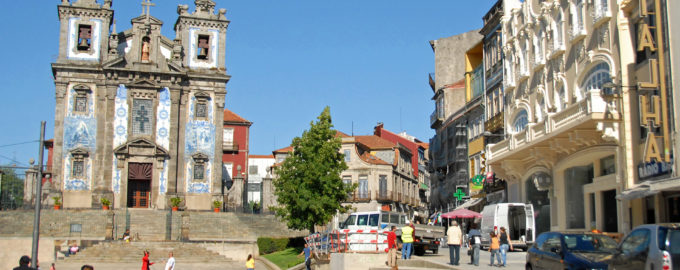Despite being a historical hotel, tradition and modernity combine beautifully providing the greatest comfort to those who visit the city.
Inaugurated in 1932, at a time when Avenida Aliados gained prominence as a center of leisure, culture and business, Hotel dos Aliados has been renovated in order to provide the best comfort in the best location of the city.
The two suites and 41 rooms combine modern amenities with classic charm, offering air conditioning, free internet, private bathroom, television, among others.
Consequently, Hotel Aliados is nowadays a prestigious hotel and the only 3 star hotel located in the heart of Avenida dos Aliados.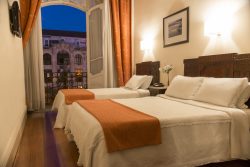
In addition to the original characteristics, the impressive building maintains the vestiges of the history and tradition of one of Porto’s most prosperous eras.
Avenida dos Aliados (Entrance: Rua Elísio de Melo, 27, 2nd floor) Porto
Phone: +351 222 004 853

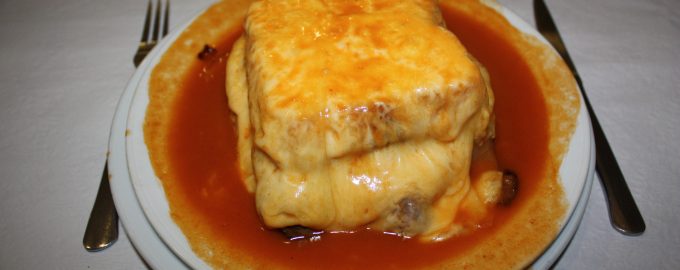
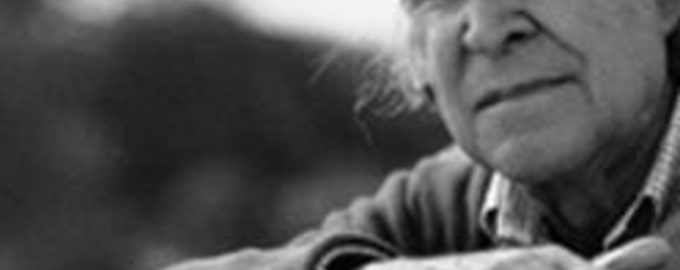
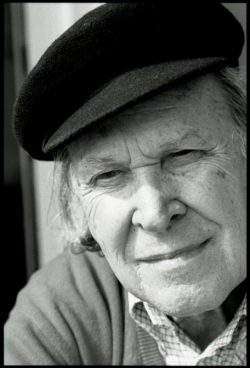 trong relations of friendship with other writers and artists, he was discreet. He did not like to give interviews or attend social and cultural events.
trong relations of friendship with other writers and artists, he was discreet. He did not like to give interviews or attend social and cultural events.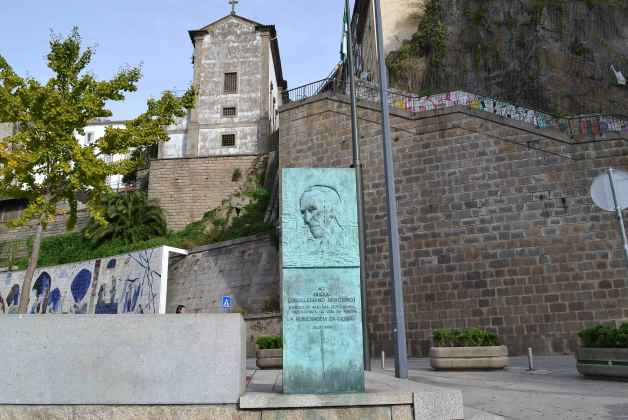
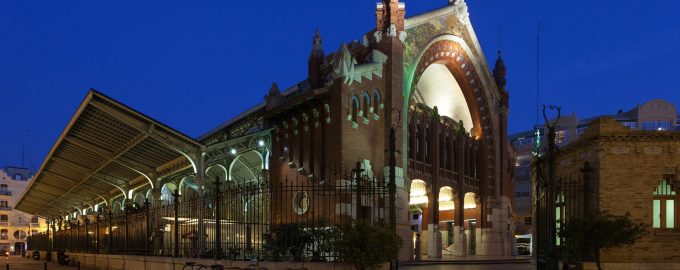
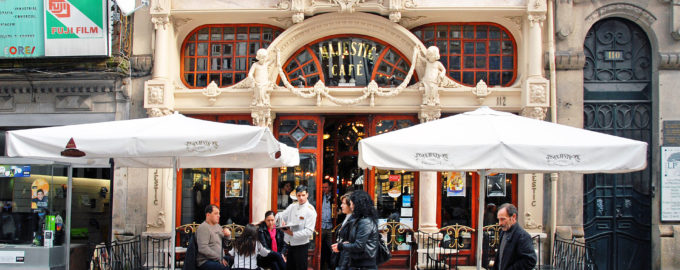

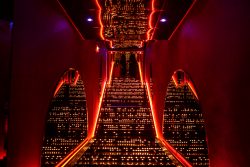
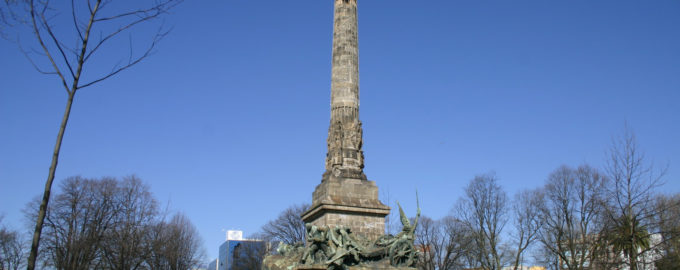
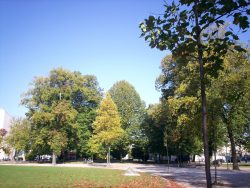 t down a Napoleonic eagle. At the base are sculptures of soldiers.
t down a Napoleonic eagle. At the base are sculptures of soldiers.